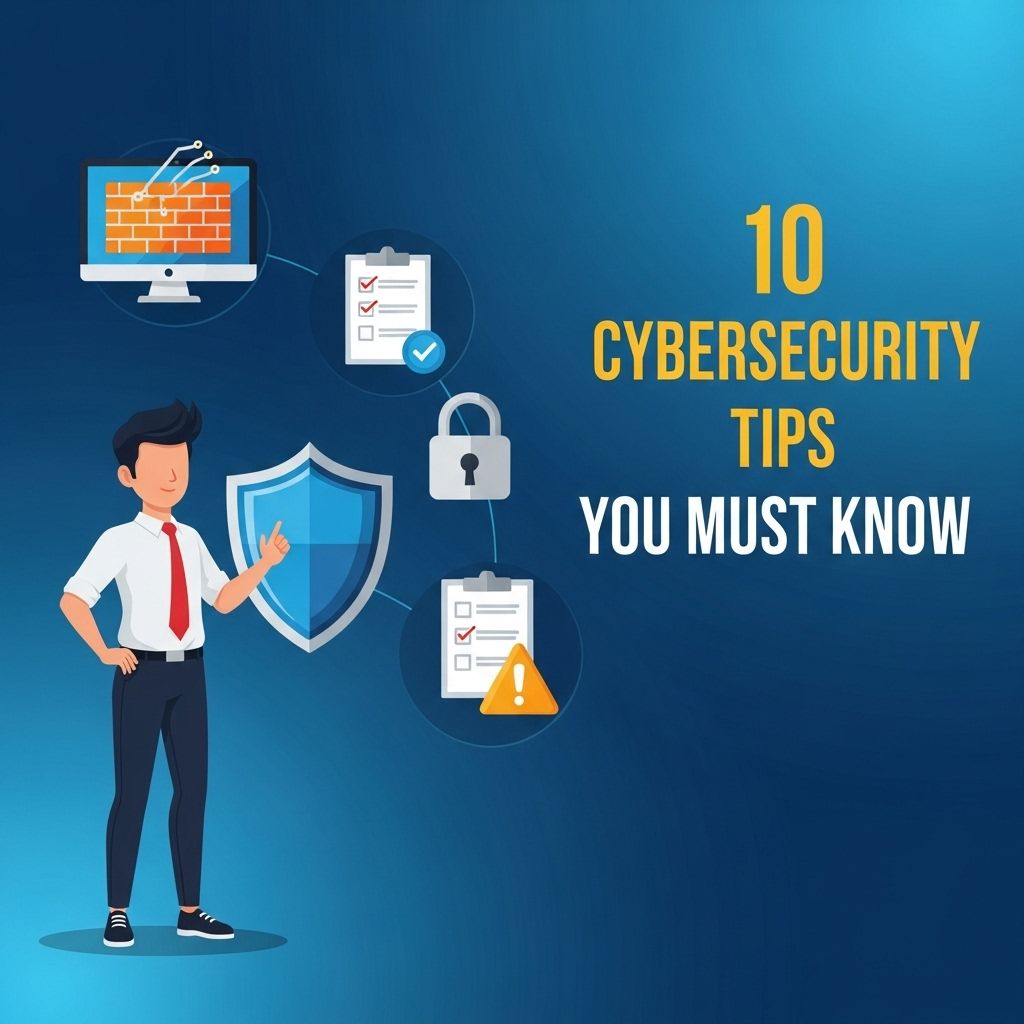In the rapidly evolving landscape of technology, cybersecurity has become not just a necessity, but a critical component for businesses and individuals alike. With cyber threats becoming more sophisticated, having the right tools at your disposal is essential for safeguarding sensitive data and ensuring the integrity of systems. This article delves into five essential tools that can enhance your cybersecurity posture, providing both protection and peace of mind.
1. Firewalls: The First Line of Defense
Firewalls serve as a barrier between your internal network and external threats. They monitor and control incoming and outgoing network traffic based on predetermined security rules. There are two main types of firewalls:
- Network Firewalls: These protect an entire network by filtering traffic between the network and the internet.
- Host-based Firewalls: These are installed on individual devices and provide an additional layer of security against breaches.
Key Features of Firewalls:
- Packet Filtering
- Stateful Inspection
- Proxy Service
Choosing the Right Firewall
When selecting a firewall, consider:
- Your network size and traffic volume.
- The specific threats you’re likely to face.
- Your budget and maintenance capabilities.
2. Antivirus Software: Protecting Against Malicious Attacks
Antivirus software is a vital tool in the cybersecurity arsenal. It detects, prevents, and removes malware from your devices. Today’s advanced antivirus solutions offer much more than just basic virus detection; they include features such as:
| Feature | Description |
|---|---|
| Real-time Scanning | Continuously monitors files and programs for suspicious activity. |
| Web Protection | Blocks access to harmful websites and online threats. |
| Behavioral Detection | Identifies threats based on actions, not just signatures. |
Best Practices for Antivirus Use
To maximize the effectiveness of your antivirus software:
- Keep it updated regularly to combat the latest threats.
- Perform regular system scans.
- Educate users about safe browsing practices.
3. Intrusion Detection Systems (IDS): Monitoring for Threats
An Intrusion Detection System is essential for identifying potential security breaches. It continuously monitors network traffic and system activities for malicious actions. There are two primary types of IDS:
- Network-based IDS (NIDS): Monitors network traffic for suspicious activity.
- Host-based IDS (HIDS): Monitors individual devices for unauthorized access.
Benefits of Using IDS
Implementing an IDS can provide numerous advantages:
- Early detection of security incidents.
- Improved incident response times.
- Enhanced compliance with security regulations.
4. Encryption Tools: Securing Sensitive Data
Data encryption is a critical aspect of cybersecurity. It converts data into a format that is unreadable without a decryption key. This is particularly important for protecting sensitive information such as personal data, financial details, and proprietary business information. Key encryption protocols include:
- Advanced Encryption Standard (AES): A symmetric encryption standard used worldwide.
- RSA Encryption: An asymmetric cryptographic algorithm commonly used for secure data transmission.
Integrating Encryption into Your Security Strategy
To effectively incorporate encryption into your security strategy:
- Evaluate what data needs to be encrypted.
- Choose suitable encryption protocols based on your needs.
- Regularly update encryption methodologies to combat new threats.
5. Security Information and Event Management (SIEM): Centralized Security Monitoring
A Security Information and Event Management (SIEM) tool aggregates and analyzes security data from various sources across your infrastructure. SIEM solutions provide real-time analysis of security alerts generated by applications and network hardware. They typically offer the following features:
- Log Management: Collects and stores logs for analysis.
- Real-Time Monitoring: Offers real-time insights into security incidents.
- Incident Response: Facilitates automated responses to detected threats.
Choosing a SIEM Solution
When selecting a SIEM tool, consider:
- Your organization’s size and complexity.
- The volume of data you need to process.
- The integration capabilities with existing security tools.
Conclusion
In conclusion, the need for robust cybersecurity tools is undeniable in today’s threat landscape. By implementing firewalls, antivirus software, intrusion detection systems, encryption tools, and SIEM solutions, organizations can significantly enhance their security posture. As cyber threats continue to evolve, staying informed and adopting the right tools is not just advisable, but essential for success in the realm of cybersecurity.
FAQ
What are the essential tools for cybersecurity?
The essential tools for cybersecurity include firewalls, antivirus software, intrusion detection systems, encryption tools, and security information and event management (SIEM) systems.
How do firewalls contribute to cybersecurity?
Firewalls act as a barrier between trusted internal networks and untrusted external networks, helping to block unauthorized access and monitor traffic.
Why is antivirus software important?
Antivirus software is crucial for detecting, preventing, and removing malware, ensuring that systems remain protected from various types of cyber threats.
What role does encryption play in cybersecurity?
Encryption secures sensitive data by converting it into a code that can only be deciphered with a specific key, protecting it from unauthorized access.
What is a SIEM system and why is it necessary?
A Security Information and Event Management (SIEM) system provides real-time analysis of security alerts generated by applications and network hardware, helping organizations detect and respond to threats effectively.
How can organizations choose the right cybersecurity tools?
Organizations should assess their specific security needs, consider scalability, ease of use, integration capabilities, and budget when selecting cybersecurity tools.




